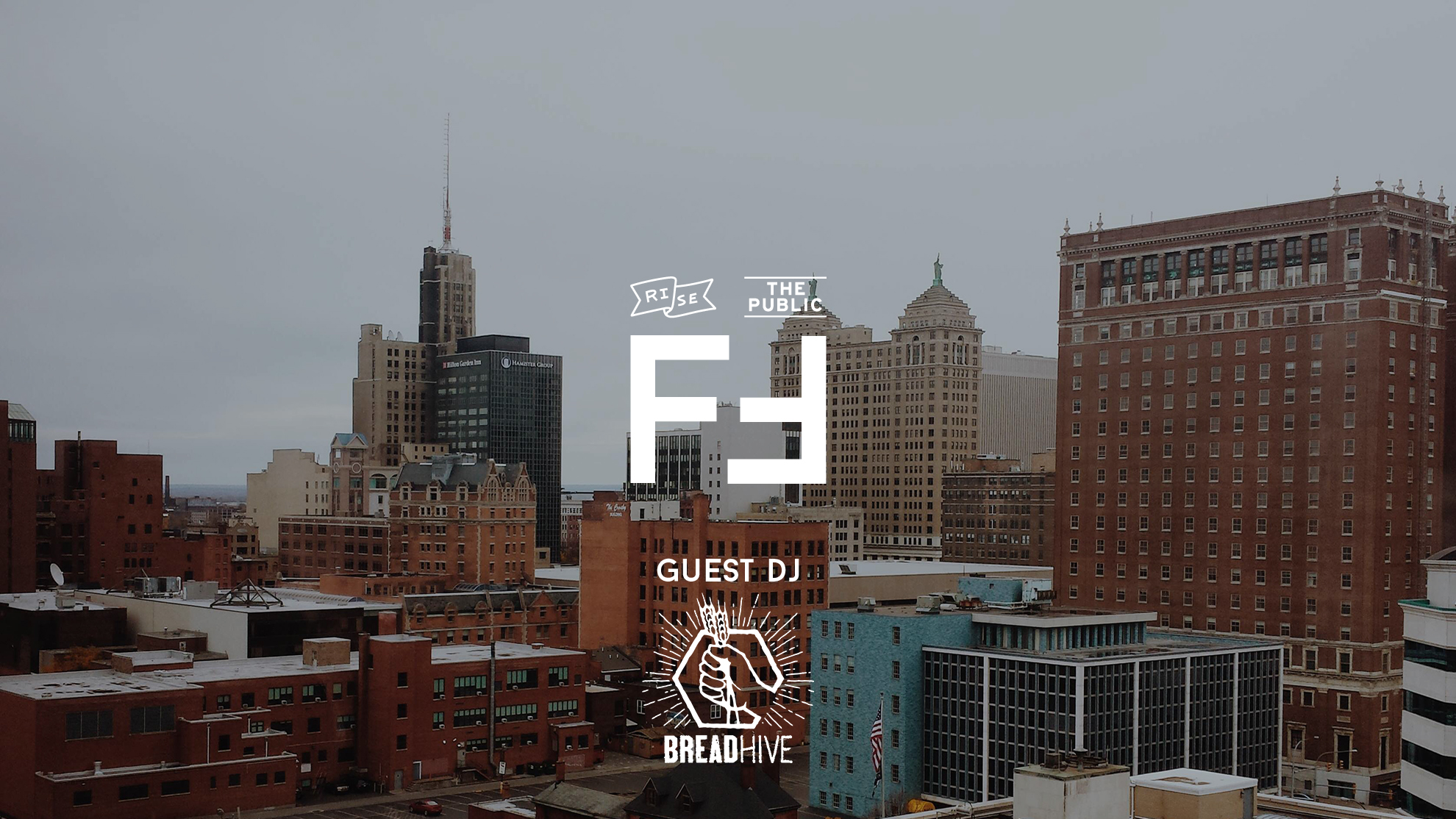By Tyler Bagwell
Photo by Kelly Kiernan
When Irish Eyes are Smiling
Debatably the most well known “Irish” song, “When Irish Eyes are Smiling” was written by Buffalo born Chauncey Olcott, along with New Yorker George Graff and Clevelander Ernest Ball. Born in 1858, Olcott began his career performing in minstrel shows around Buffalo before going to New York where he met Graff and Ball and started writing musicals such as the Isle of Dreams for which “Irish Eyes” was written.
Booker’s Run
In 1866 approximately 1,000 Fenian soldiers gathered in Buffalo in an outlandish grasp for Irish independence. The Fenians were an organization formed a decade earlier dedicated to continuing Ireland’s never ending quest for independence from Great Britain. The Fenian’s planned to cross the Niagara River and hold Canada hostage in exchange for Ireland’s freedom. The campaign in all was a failure but it produced one victory at Ridgeway where the Fenian’s bested Colonel Booker and the Queen’s Regiment from Toronto. The Battle of Ridgeway is marked as the only Irish victory from 1798 until 1919. Irish poet, Timothy Daniel Sullivan, who would later write the de facto Irish national anthem “God Save Ireland,” penned “Booker’s Run” detailing the Fenian victory. The song turns up in fragments as “A Fenian Song” in Canadian folklore where the Fenian raids are heralded as a catalyst to Canadian unity.
Kitty O’Neil’s Champion Jig
This jig was written for famed dancer Kitty O’Neil who was born in Buffalo in 1855. O’Neil was well known as the first woman to perform the sand jig. By the age of eight Kitty O’Neil was regularly performing at Frank Wild’s Theatre Comique at Terrace and Commercial. Her song survives today because of its inclusion in “Ryan’s Mammoth Collection” an 1883 tome of reels and jigs that was brought to contemporary popularity a century later when Irish fiddler Tommy Peoples’ included a version, mistitled as “Kitty O’Shea,” on his 1985 album The Iron Man. As for Kitty O’Neil, after a successful career in New York she returned to Buffalo in 1890 where she managed the Alhambra Theatre on Commercial. In 1892 she gave her last public performance at Shea’s Music Hall on Clinton. She died at the age of 38 on April 16, 1893 from complications during surgery. She is buried in Holy Cross Cemetery.
Corner Bar by Jackdaw
Buffalo’s own “Brick throwin” Irish punk band, Jackdaw was consistently hailed as one of Buffalo’s best of any genre every year from their inception in 2000 until their dissolution in 2009. In the days of having nearly every song instantaneously available on multiple streaming services Jackdaw’s music is next to impossible to find but worth seeking out. Your best friend’s older brother probably has a copy of their 2000 debut, Armed and Legged. Or you can use the Wayback Machine to get on their 2003 website.
Steelkilt by Crikwater
The namesake of this song will be familiar to Herman Melville fans as the “Lakeman and desperado from Buffalo” in the Town-Ho story from Moby Dick. South Buffalo’s own Crikwater delivers this original recounting Steelkilt’s plight in a sprawling twelve minute epic that is at home in the tradition of long form Great Lake ballads like The Trip of the Bigler and The Wreck of the Edmund Fitzgerald. Crikwater can be seen performing March 19 at Ironworks and March 24 at Gene McCarthy’s.




